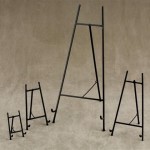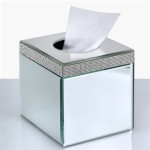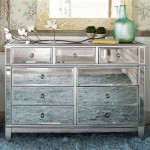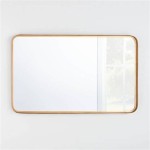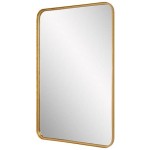How To Attach a Mirror to an Antique Dresser
Attaching a mirror to an antique dresser requires careful consideration and a delicate approach to preserve the integrity of the piece. This process involves understanding the dresser's construction, selecting appropriate hardware, and employing safe and effective attachment methods. Using the right techniques will ensure a secure and aesthetically pleasing result while minimizing the risk of damage.
Assessing the Dresser and Mirror
Before beginning, thoroughly examine both the dresser and the mirror. Identify the dresser's material, whether it's solid wood, veneer, or a composite. Note any existing damage or weaknesses in the dresser's structure, particularly in the area where the mirror will be attached. Measure the mirror's dimensions and weight to determine the necessary hardware and support.
Choosing the Right Hardware
Selecting the appropriate hardware is crucial for secure attachment. Several options exist, each with advantages and disadvantages. Traditional methods often involve using screws and brackets. Modern alternatives include specialized mirror clips or adhesive systems. When choosing hardware, consider the weight and size of the mirror, the dresser's material, and the desired aesthetic. For heavier mirrors, robust brackets and screws are recommended. Lighter mirrors might be suitably supported by clips or adhesive.
Using Brackets and Screws
Brackets and screws offer a strong and reliable method for attaching a mirror. Begin by positioning the mirror on the dresser, ensuring proper placement and alignment. Mark the locations for the brackets on both the mirror and the dresser. Pre-drill pilot holes at the marked locations, being cautious not to drill too deep, especially with veneer or thinner wood. Attach the brackets to the dresser using appropriate screws. Then, carefully position the mirror onto the attached brackets and secure it with screws through the remaining bracket holes.
Utilizing Mirror Clips
Mirror clips provide a less invasive method, particularly beneficial for dressers with delicate surfaces. These clips typically grip the edges of the mirror and are secured to the dresser with screws. Select clips appropriate for the mirror's thickness and weight. Position the mirror and mark the clip locations. Pre-drill pilot holes for the screws, taking care not to damage the dresser's finish. Attach the clips to the dresser and carefully slide the mirror into the clips, ensuring a secure fit.
Employing Adhesive Methods
Adhesive methods offer an alternative for lighter mirrors and situations where drilling is undesirable. Specialized mirror adhesives offer strong bonding capabilities. Ensure the dresser surface and the back of the mirror are clean and dry before applying the adhesive. Follow the manufacturer's instructions carefully regarding adhesive application and curing time. Support the mirror adequately during the curing process to ensure proper adhesion.
Reinforcing the Dresser (If Necessary)
If the dresser exhibits any structural weakness, reinforcement might be necessary before attaching the mirror. This could involve reinforcing the back of the dresser with additional wood bracing or strengthening existing joints with glue and screws. Reinforcement is crucial for preventing damage to the dresser and ensuring the mirror's secure attachment.
Protecting the Dresser’s Finish
Throughout the attachment process, take precautions to protect the dresser’s finish. Use soft cloths or padding to prevent scratches or dents. When drilling, consider using masking tape over the drill site to minimize chipping. Clean up any excess adhesive promptly to prevent damage to the finish. Careful attention to these details will help preserve the dresser's aesthetic value.
Ensuring Stability and Safety
After attaching the mirror, thoroughly check its stability. Gently shake the dresser to ensure the mirror is securely mounted. If any movement or instability is detected, re-evaluate the attachment method and hardware. For added safety, especially in households with children or pets, consider using safety backing on the mirror to prevent shattering in case of accidental breakage. Secure the dresser to the wall using appropriate hardware, especially taller dressers, as this will prevent tipping and increase overall stability.

How Can I Raise The Height Of Mirror On This Vintage Dresser Hometalk

Heavy Duty Dresser Mirror Support Brackets Made In The Usa

Pretty In Prelude Antique Dresser With Mirror Tuesday S Treasures Funcycled Shabby Chic

1800s Antique Wood 6 Drawer Dresser With Attached Beveled Mirror Chairish

Vintage Dresser With Mia Mirror Salvaged Inspirations

1920s Dresser With Attached Mirror By Warren Furniture On Wheels Original Family Owner Chairish

French Roccoco Style Chest Of Drawers With Attached Mirror For At 1stdibs

Vintage Mid Century 3 Drawer Dresser With Attached Mirror Local Pickup In South Ina Only

Vintage Dresser With Attached Mirror Antiques By Owner Collectibles Craigslist

Antique Wood Carved Dresser With Mirror Ornate Attached My Stuff S Content And Estate Specialists

